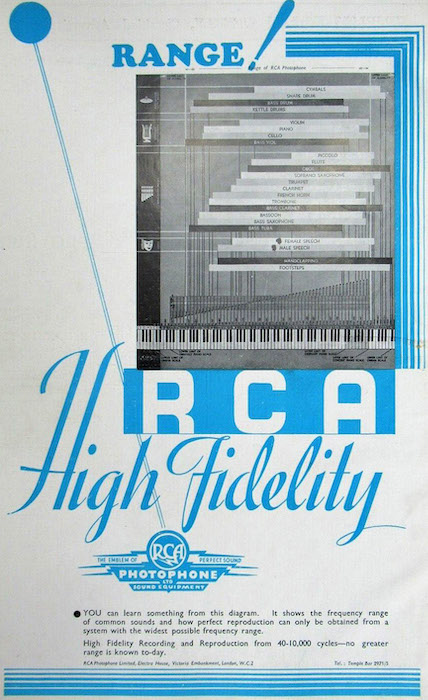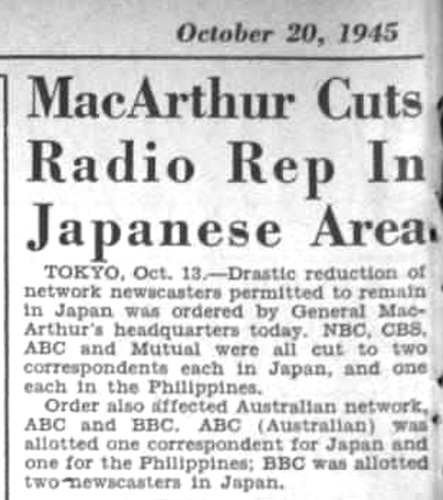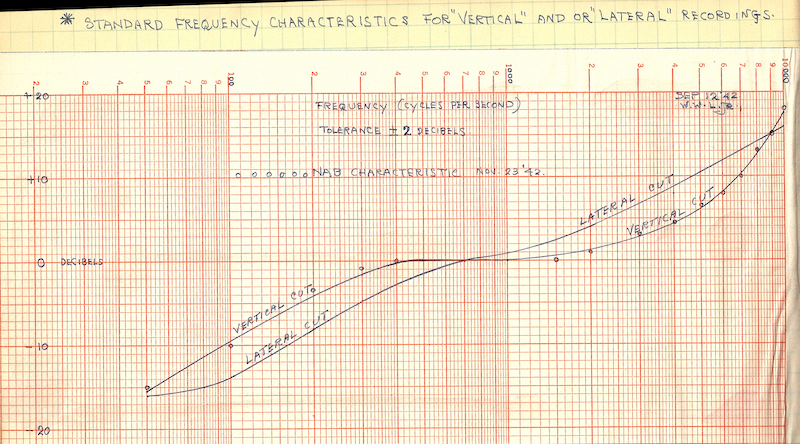Things I learned on Phono EQ curves, Pt. 15
EQカーブの歴史、ディスク録音の歴史を学ぶ本シリーズ。前回 Pt.14 では、1949年〜1950年(または1951年)の「回転数競争」における、各レーベルの参入状況を時系列に追ってみました。
On the previous part 14, I studied more on the history and chronology of which label joined which new format (33 1/3 rpm or 45 rpm) during the so-called “The Battle of The Speeds” era in 1949 to 1950 or 1951.
今回の Pt.15 はその続きなのですが、一休みして、1950年頃からの「ハイファイ」ブームの黎明期よりずっと前に生まれた、「ハイ・フィデリティ」という用語の歴史についてみていきます。
This time as Pt. 15, before I am going to continue learning the history of disc recording, I will look into the side story — i.e. the pre-history of the “Hi-Fi craze”, as well as the history of the term “High Fidelity” itself.

source: RCA Ad, Kinematograph Weekly, June 27, 1935, p. 76.
1935年の英国雑誌に登場した、RCA Photophone High Fidelity の広告



